By TJ Grim, Ready 2 Respond Trainer
When water shows up where it doesn’t belong – a soaked carpet after a leak, a suspicious stain creeping up drywall, or warped flooring from a pipe break – the first question facility teams face is: how far has it spread?
You can’t manage what you can’t measure, and that’s why you need moisture meters. These small, reliable tools help facilities teams pinpoint hidden water, track drying progress, and prove when a space is truly back to normal and ready to be reoccupied. Using them well can make the difference between a quick recovery and lingering, costly problems like mold or structural damage.
Types of Moisture Meters
Non-Invasive (Pinless) Meters
Non-invasive meters scan materials using radio frequency or electromagnetic signals without causing surface damage. They can detect moisture beneath finishes, such as ceramic tile and vinyl flooring, from one-fourth to three-fourths of an inch deep. Their strength is speed – you can quickly map out the water migration pattern and then follow up with invasive testing where more precision is required.
Example: After a sprinkler malfunction soaks ceiling tiles and nearby walls, a non-invasive meter can scan across the surfaces to quickly reveal where moisture has spread behind the paint or finishes. This allows teams to target invasive testing and drying equipment placement without unnecessary demolition.
Invasive (Pin-Type) Meters
Invasive meters have metal pins that penetrate surfaces to measure electrical resistance. Because water conducts electricity, the readings indicate the amount of moisture present within the material. These are especially useful for checking semi-porous building materials, such as wood flooring, subflooring, and structural lumber.
Example: After a pipe break, an invasive, pin-type meter can show whether only the surface flooring is damp or if water has seeped into a wood subfloor beneath when paired with hammer electrode with insulated pins. That detail helps teams determine what drying and/or reconstruction processes are required.
Putting Meters to Work
1. Make an Initial Assessment – Start with non-invasive scans to outline the boundaries of affected areas, using light pressure on the meter to ensure proper contact.Then, use invasive meters in key spots to get precise moisture readings. This combination gives you both the big picture and the details you need for effective action.
2. Find Hidden Moisture – Water can migrate into wall cavities, under flooring, or into insulation. Non-invasive meters help locate suspicious areas, and a quick invasive test (using small inspection holes) can confirm what’s really going on behind the surface.
3. Track Drying Progress – Establish a dry standard for each area by measuring unaffected regions of the same material. These benchmarks become your targets once drying starts. Daily monitoring in the same locations reveals drying trends and identifies areas that require additional attention or equipment adjustments.
Making the Most of Readings
When using moisture meters, focus less on the exact numbers and more on the overall trends. Readings may vary between brands or scales, but the real measure of progress is whether moisture levels are steadily dropping over time compared to your dry standard.
It is important to use the same moisture meter to ensure consistent, accurate readings and enable reliable comparisons over time. Since different meters are calibrated differently, using one device prevents discrepancies and standardizes measurements—leading to better decisions and a more efficient drying process.Equally important is recordkeeping. Because different meter models and even units can vary, document the meter model, test locations, conditions, and readings to ensure consistency across shifts and provide a paper trail in case questions arise later.
Finally, never overlook safety. Before taking any measurements, confirm the area is structurally sound and free from electrical hazards.
The Payoff for Facilities Teams
Moisture meters provide facility teams with the data needed to make informed operational decisions. Consistent use helps reduce the risk of hidden damage, prevent costly mold remediation, and avoid tearing out materials unnecessarily – all of which protect the budget. They also reduce downtime, minimize disruptions, and keep operations running smoothly.
At the same time, these tools build confidence. Team members gain hands-on skills that enable them to trust their own assessments and make informed decisions. That combination of cost control and professional growth means your facility is recovering faster from water events and investing in a more capable and resilient in-house team.
Contact the R2R team for assistance with a customized response plan that includes tailored, hands-on training, including the use of equipment and moisture meters. For facility management tips, follow us on LinkedIn and subscribe to our Facility Insights newsletter.


Fall on Campus: Post Move-In Dorm Inspections that Prevent Problems
Lessons from Healthcare Frontlines: Water Challenges for Facilities